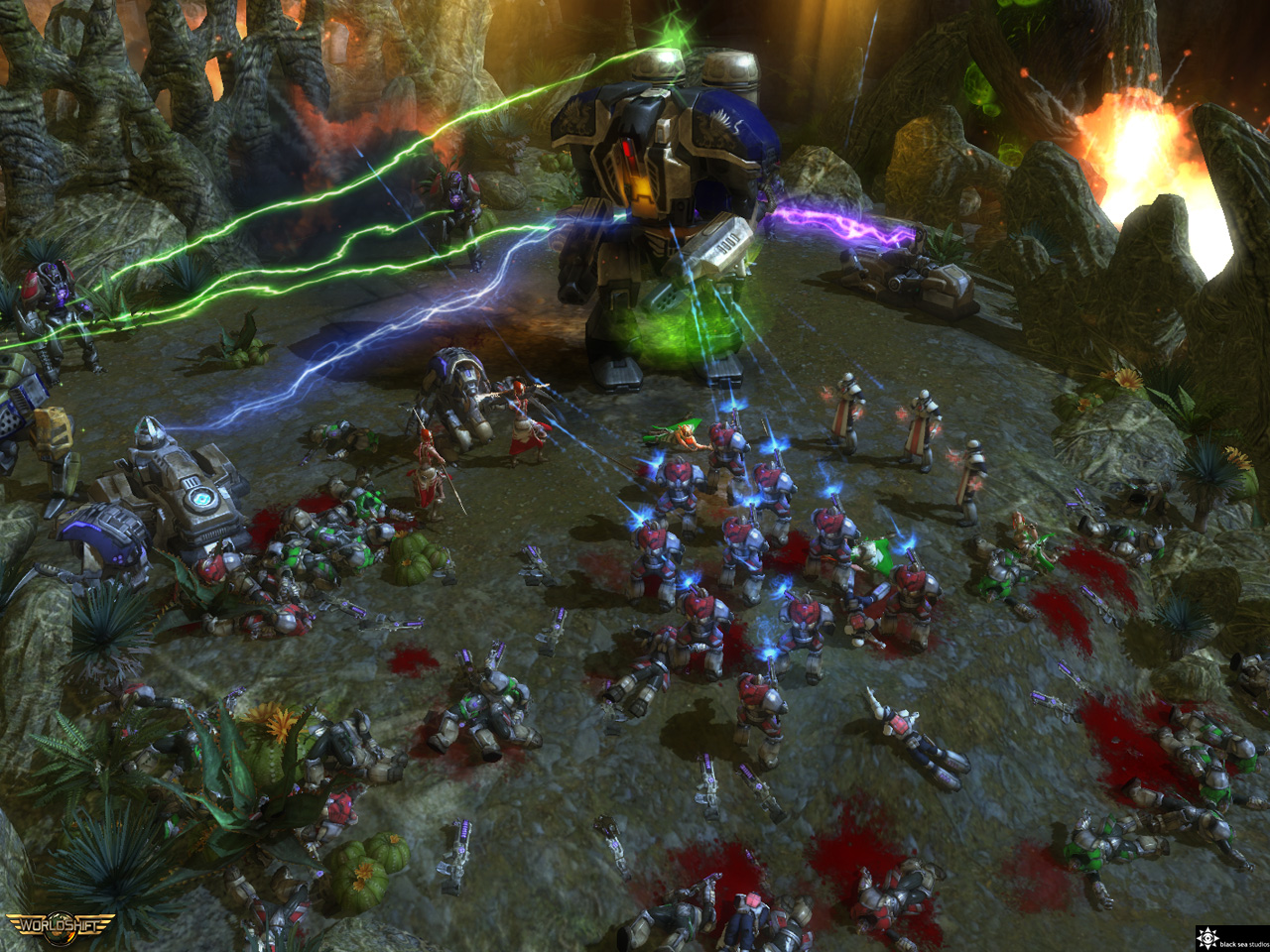

Modern chocolate was born of the encomienda system in the 1500s in the Central American Izalcos region, which had the perfect combination of environmental conditions for the Theobroma cacao tree – and thus, forced labor – to thrive (Figure 2).

3 Increasing demand for sugar and cacao amongst all social classes in Europe aided in the New World’s shift from indigenous forced labor to slavery, perpetuating a cycle of mass demand, mass production, and egregious human rights abuses until abolition in the mid-1800s. 3 At this time, the lower classes desired the security of high-society individuals – likewise, they aspired to emulate their habits, and in doing so, associated the act of eating sugar and chocolate with happiness and wellbeing. Society perceives chocolate to be a comfort food and luxury, views that are perhaps reminiscent of its introduction to wealthy and noble Europeans in the 1500s-1600s. 1 Cacao was representative of power, a view that was strongly paralleled in Europe in the 1500s-1800s. 1 The Mayans revered cacao because it “originated from the gods,” giving it economic value and ritualistic significance. Some anthropologists argue that the deity is not a unique Cacao God, but in fact the Maize God embodying a cacao tree. 1 The Mayan Cacao God, depicted on an ancient stone bowl.


 0 kommentar(er)
0 kommentar(er)
